Fashion Photoshoot
Fashion photography is a dynamic and ever-evolving art form that has played a crucial role in shaping our perceptions of style, beauty, and culture. Over the years, it has transformed from a simple documentation of clothing to a powerful means of storytelling, expression, and artistic exploration. This essay will delve into the world of fashion photography, tracing its evolution, milestones, and significant changes, with a focus on the period from the early 20th century to the present day.
Pioneers and Beginnings
The roots of fashion photography can be traced back to the late 19th and early 20th centuries when clothing manufacturers and designers sought innovative ways to showcase their creations. The work of pioneers like Edward Steichen and Baron Adolph de Meyer marked the early attempts at capturing fashion in a visually appealing manner. De Meyer, in particular, is often regarded as the first official fashion photographer, having worked for publications like Vogue in the early 20th century.
The Golden Age of Glamour: 1930s to 1950s
The 1930s to 1950s is considered the golden age of glamour in fashion photography. This period saw the rise of iconic photographers such as Horst P. Horst, George Hoyningen-Huene, and Irving Penn, who contributed significantly to the development of a distinct aesthetic. Horst's exploration of light and shadow, Penn's minimalist approach, and Huene's elegant compositions set the stage for the evolution of fashion photography as an art form. The emergence of fashion magazines like Vogue and Harper's Bazaar played a pivotal role in popularizing fashion photography during this era. These publications not only showcased the latest designs but also provided a platform for photographers to experiment with creative concepts. The collaboration between photographers and models, such as the legendary partnership between Richard Avedon and model Dovima, produced iconic images that are still celebrated today.
The Swinging Sixties: Revolution and Experimentation
The 1960s witnessed a cultural revolution that extended to the world of fashion photography. Traditional norms were challenged, and a new wave of photographers emerged, bringing fresh perspectives and experimental techniques. David Bailey, Brian Duffy, and Terence Donovan, collectively known as the "Terrible Trio," revolutionized the industry with their bold and unconventional approach. The Swinging Sixties marked a shift towards a more candid and spontaneous style of photography. Bailey, in particular, captured the spirit of the youth culture, immortalizing icons like Twiggy and Jean Shrimpton. This era also saw the rise of color photography, adding vibrancy and energy to fashion images.
High Fashion and Celebrity Culture: 1970s to 1980s
The 1970s and 1980s witnessed the emergence of the supermodel phenomenon and the close relationship between fashion and celebrity culture. Helmut Newton's provocative and controversial work, exemplified by his "Big Nudes" series, challenged conventional notions of beauty and femininity. Newton's images were bold, empowering, and often featured strong, confident women in commanding poses. Simultaneously, the rise of the supermodel era introduced iconic figures like Cindy Crawford, Naomi Campbell, and Linda Evangelista. Fashion photographers, including Herb Ritts and Bruce Weber, played a pivotal role in shaping the public image of these models, blurring the lines between fashion and celebrity portraiture.
The Digital Revolution: 1990s to Early 2000s
The late 20th century marked a technological revolution that profoundly impacted the world of photography. The transition from analog to digital photography transformed the way images were captured, edited, and disseminated. Fashion photographers adapted to these changes, embracing digital cameras and editing software to enhance their creative process. In the 1990s and early 2000s, digital photography allowed for greater flexibility and immediacy in the fashion industry. Photographers could experiment with different styles, manipulate images with ease, and share their work online. The democratization of photography also led to the rise of a new generation of talent, as aspiring photographers could now showcase their work on digital platforms.
Diversity and Inclusivity: Shaping the 21st Century
As we entered the 21st century, the fashion industry faced increasing scrutiny for its lack of diversity and representation. In response, fashion photography began to play a pivotal role in challenging traditional beauty standards and promoting inclusivity. Photographers like Mario Testino, Annie Leibovitz, and Steven Meisel contributed to a more diverse and inclusive portrayal of beauty, featuring models of different ethnicities, sizes, and backgrounds. The rise of social media platforms, such as Instagram, further democratized the fashion photography landscape. Emerging photographers gained visibility, and established professionals embraced the immediacy of these platforms to connect with a global audience. Influencers and content creators became integral to the industry, influencing trends and challenging traditional notions of fashion photography.
Artistic Expression and Conceptual Photography
In recent years, fashion photography has increasingly embraced artistic expression and conceptual storytelling. Photographers like Tim Walker, Paolo Roversi, and Sarah Moon have gained recognition for their ethereal and dreamlike imagery. Walker, in particular, is known for his fantastical and whimsical narratives, often collaborating with designers and stylists to create visually stunning and surreal worlds. The boundaries between fashion photography and fine art have continued to blur, with photographers exploring themes beyond clothing and accessories. Environmental concerns, social issues, and cultural commentary have become recurring motifs in contemporary fashion photography, reflecting a broader shift toward conscious and meaningful storytelling.
Challenges and Criticisms
While fashion photography has undoubtedly evolved and diversified over the years, it has not been without its challenges and criticisms. The industry has faced scrutiny for perpetuating unrealistic beauty standards, promoting exclusivity, and sometimes crossing ethical boundaries in the pursuit of provocative imagery. The #MeToo movement, in particular, prompted a reevaluation of power dynamics within the industry, leading to increased awareness and calls for change.
Types of Photography
Editorial Fashion Photography
Editorial fashion photography is perhaps the most well-known and widely recognized type. Typically featured in fashion magazines, editorial shoots aim to tell a story and convey a specific mood or theme. Photographers collaborate with stylists, makeup artists, and models to create visually compelling narratives that showcase not only the garments but also the overall concept or message the publication wants to convey.
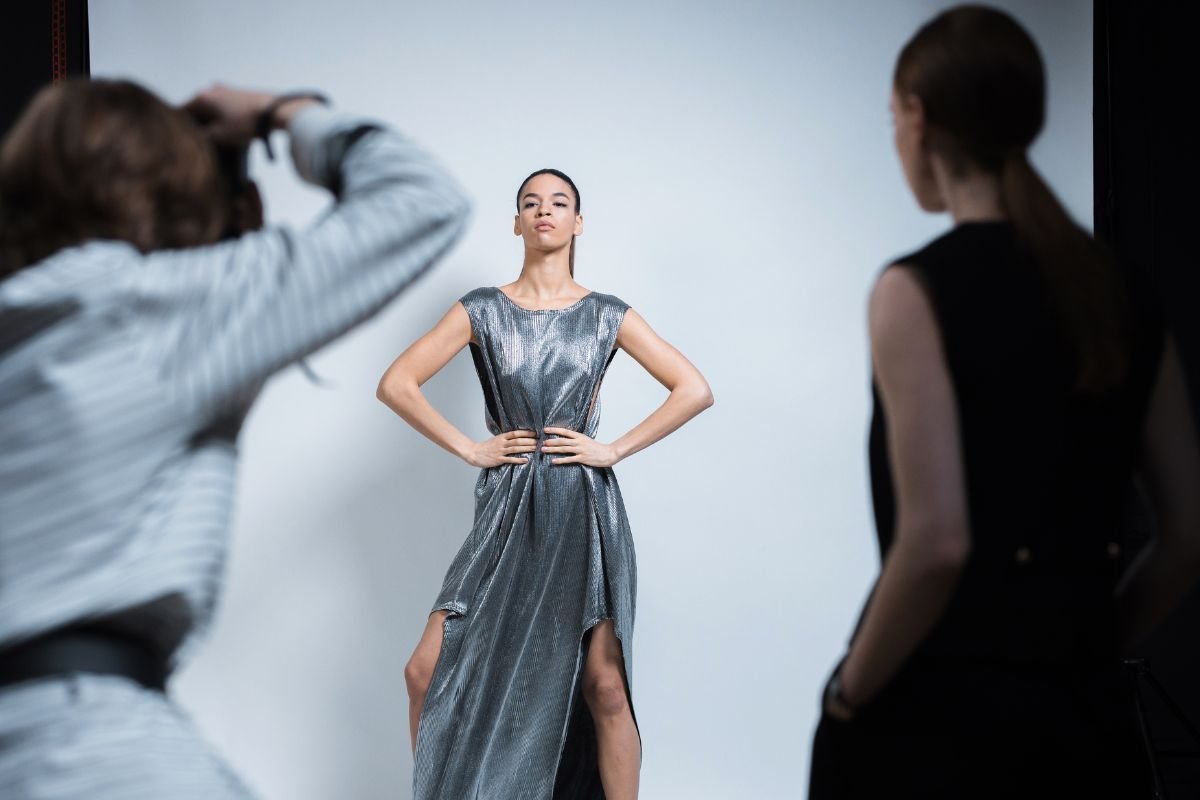
High Fashion Photography
High-fashion photography is synonymous with luxury and avant-garde aesthetics. It often features couture designs and elaborate concepts. Renowned fashion houses and designers collaborate with top photographers to capture their creations in a way that communicates sophistication, exclusivity, and innovation. High fashion photography is characterized by its emphasis on artistic expression and the ability to push the boundaries of conventional style.
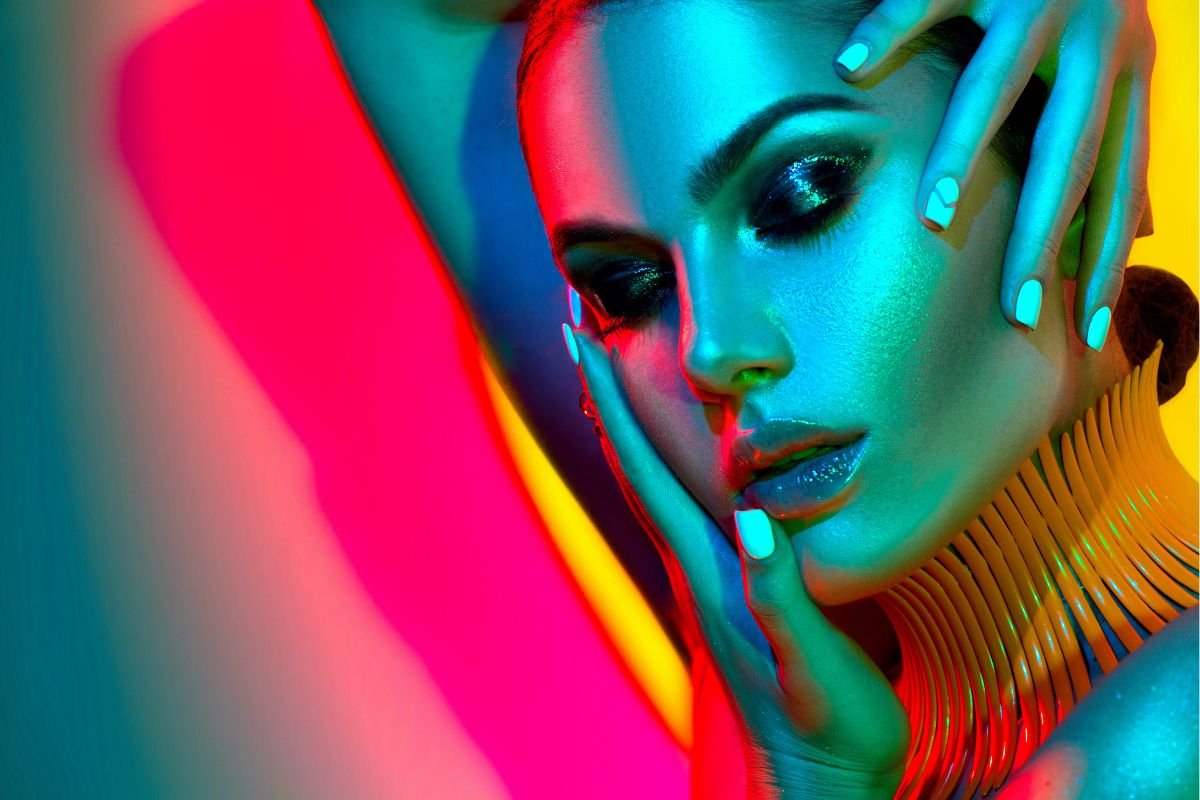
Commercial Fashion Photography
Commercial fashion photography is geared towards promoting and selling products. Whether it's clothing, accessories, or beauty products, the primary goal is to showcase the items in a way that appeals to the target audience. These images are often clean, and polished, and focus on the details of the products, ensuring that they are presented in a commercially viable manner.
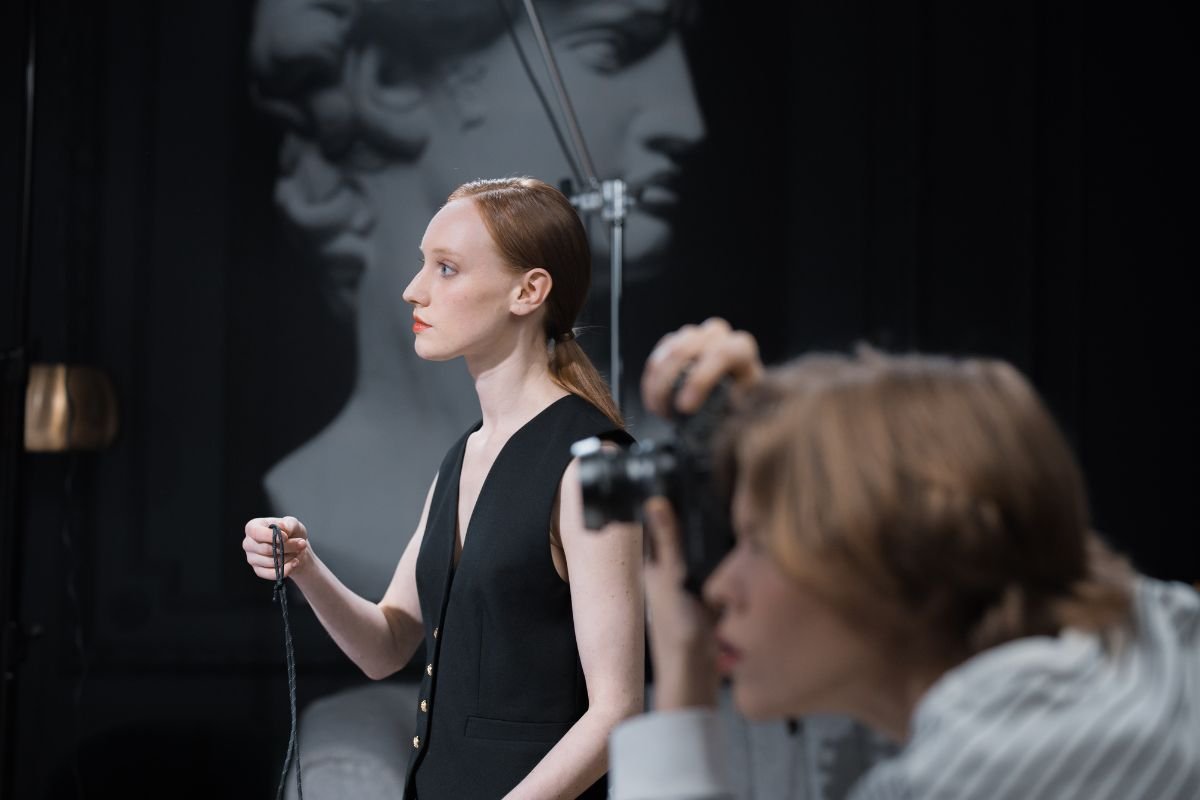
Street Style Photography
Street-style photography captures the essence of fashion as it exists in everyday life. Often taken during fashion events, on city streets, or in popular neighborhoods, these shots highlight the spontaneous and authentic nature of personal style. Street-style photographers aim to capture the diversity of fashion and showcase how individuals interpret and express trends in their unique ways.
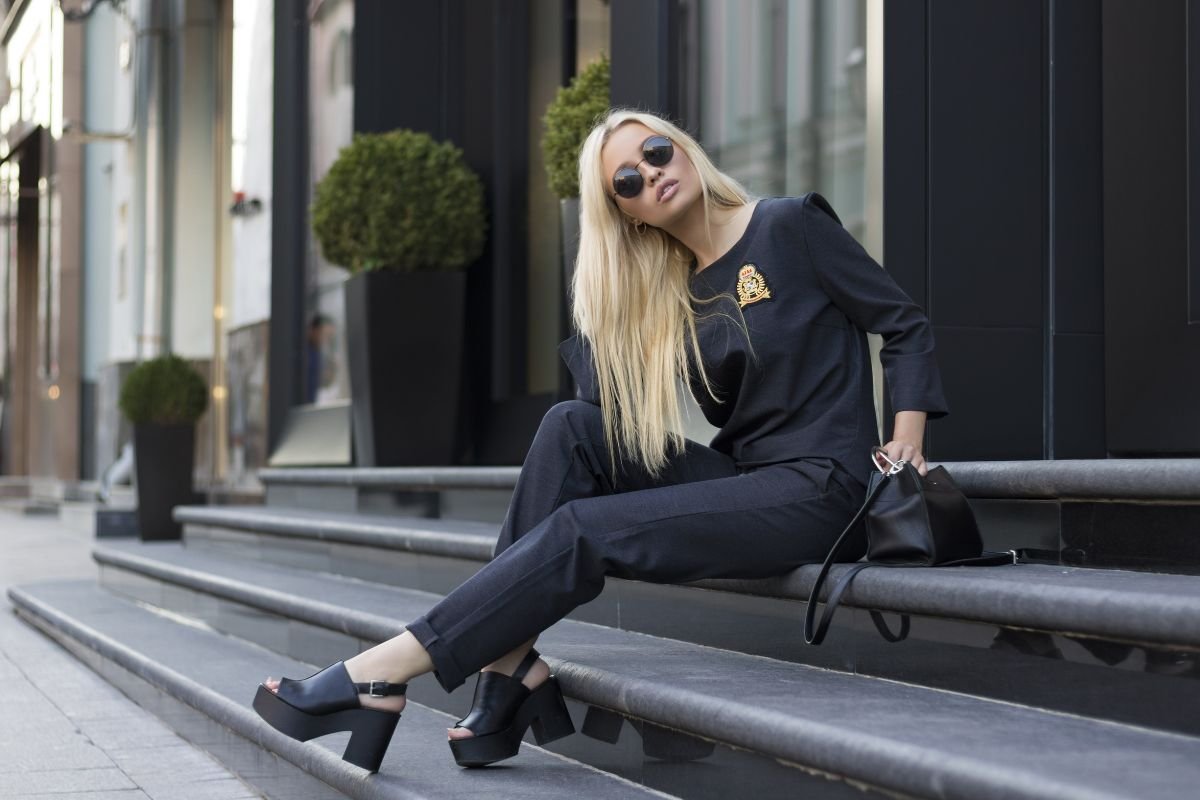
Portrait Fashion Photography
Portrait fashion photography places a strong emphasis on the model's face and expression. This type of photography seeks to convey the personality of the model while still showcasing the fashion elements. It often involves close-up shots, allowing viewers to connect with the subject on a more personal level. The lighting and composition play a crucial role in highlighting the model's features.
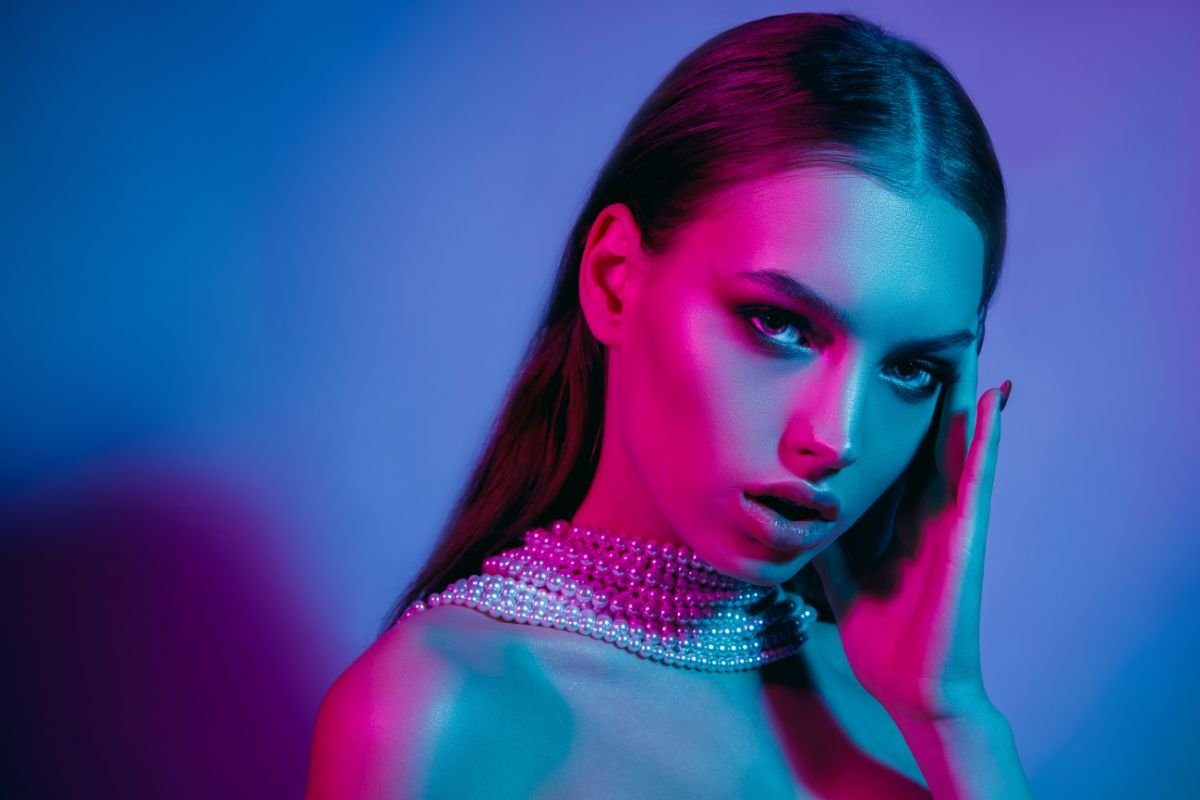
Conceptual or Artistic Fashion Photography
Conceptual or artistic fashion photography goes beyond showcasing clothing; it tells a story or conveys a deeper message. Photographers in this genre often use symbolism, unusual settings, and creative post-processing techniques to create visually striking and thought-provoking images. This type of fashion photography is a fusion of fashion and fine art, pushing the boundaries of conventional representation.
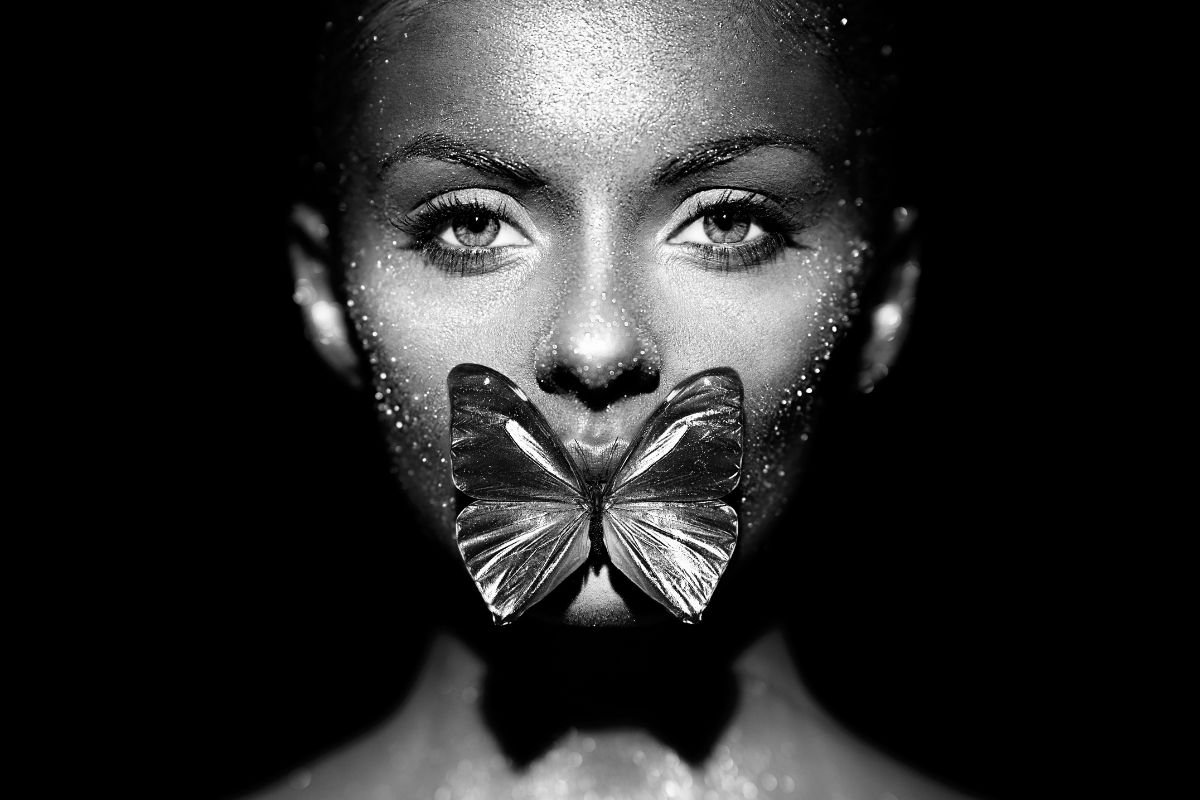
Catalog or E-commerce Fashion Photography
In the age of online shopping, catalog and e-commerce fashion photography has gained prominence. These images are created with the primary goal of showcasing products for easy consumption by potential buyers. Clean backgrounds, consistent lighting, and multiple angles are essential to provide a comprehensive view of the clothing or accessories for online shoppers.
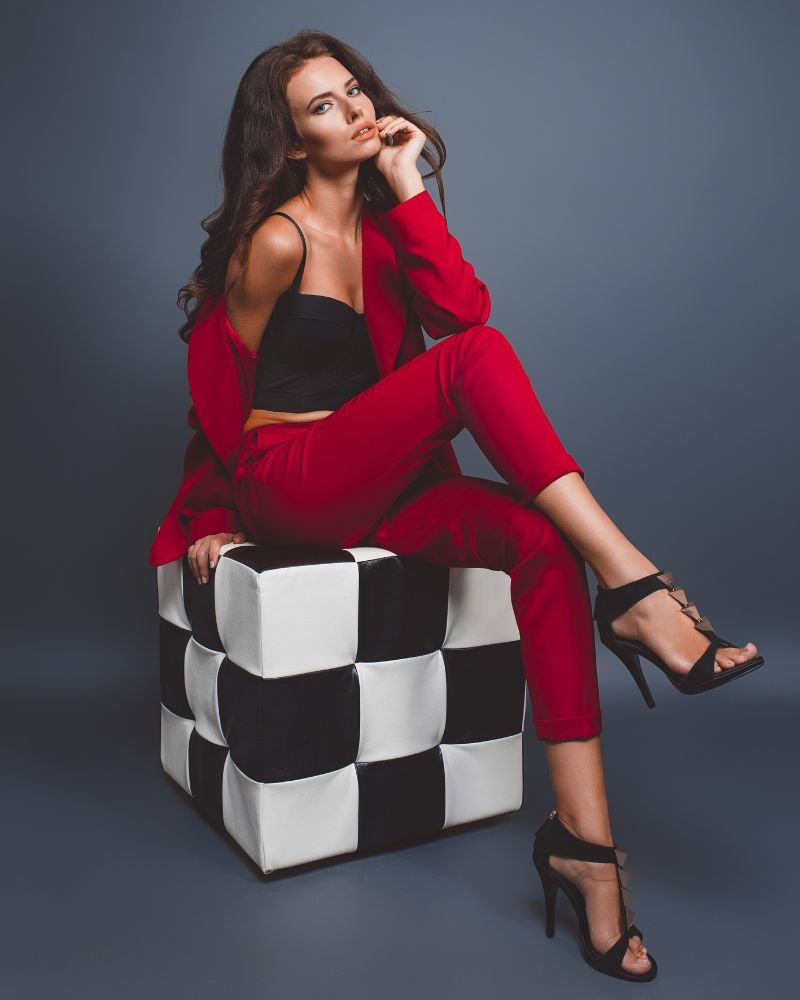
Runway or Fashion Show Photography
Runway photography captures the energy and movement of fashion on the catwalk. Photographers at fashion shows aim to document the latest designs as models walk down the runway. The fast-paced nature of these events requires photographers to have a keen eye for detail and the ability to anticipate key moments to capture the essence of the collection.
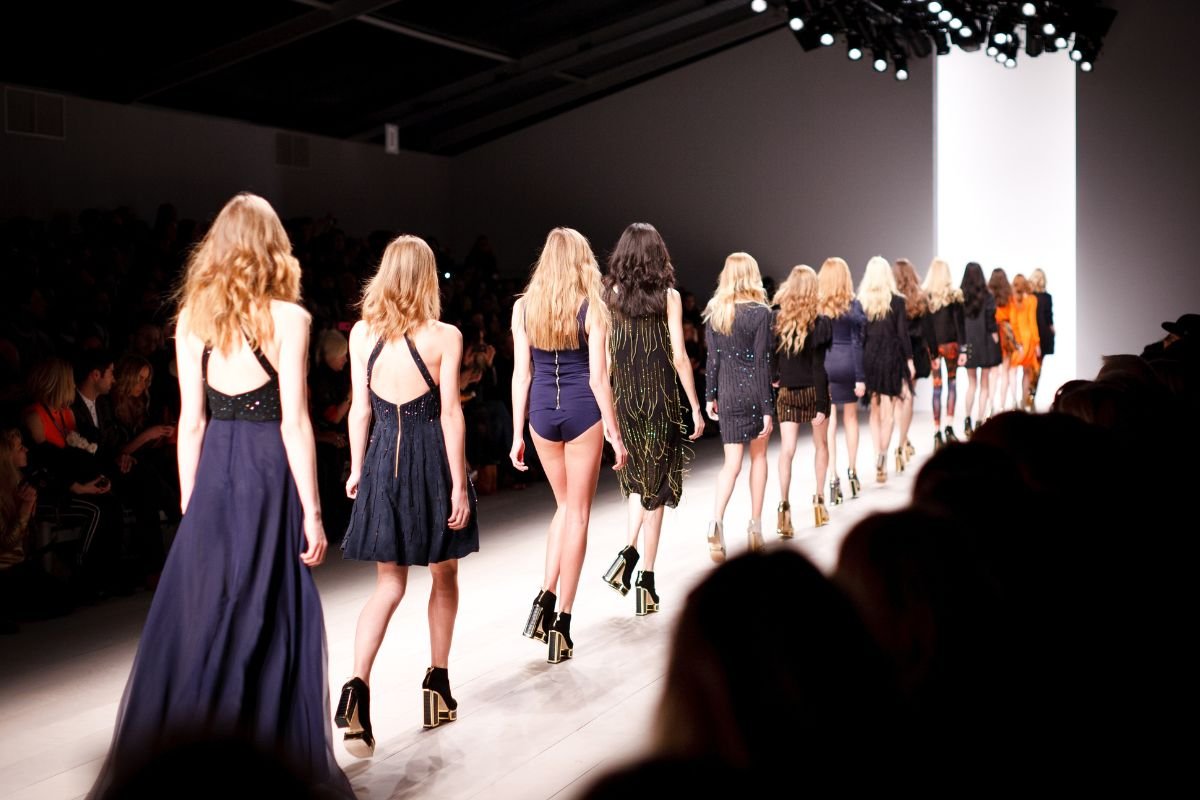
In conclusion
The multitude of fashion photography styles reflects the diverse nature of the fashion industry itself. From the editorial narratives of high-end magazines to the commercial appeal of e-commerce platforms, each type serves a specific purpose in communicating the ever-evolving language of fashion to a global audience.